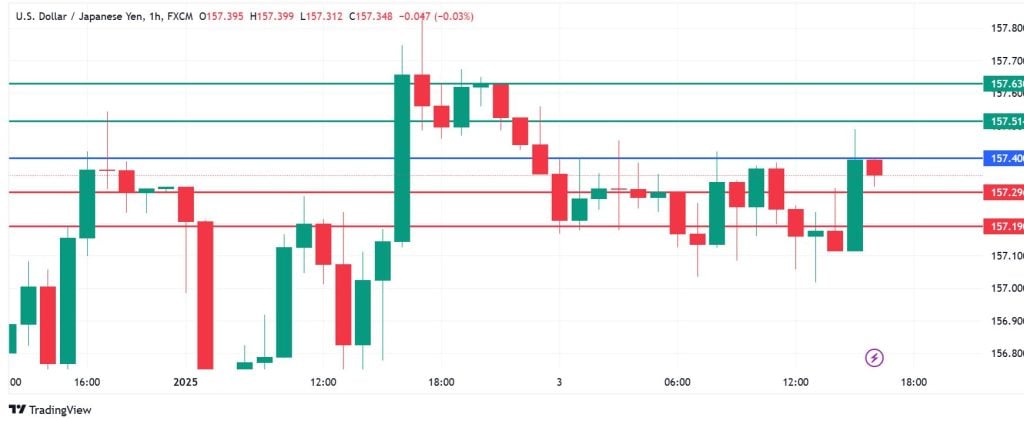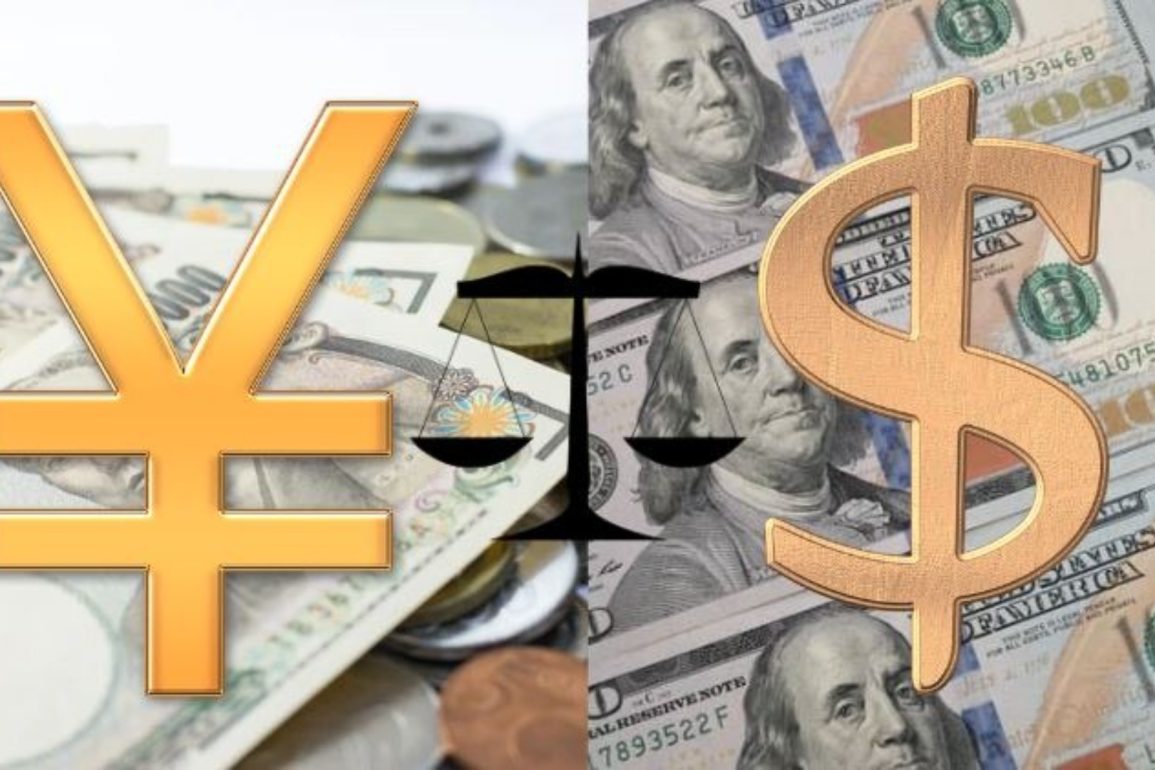- Summary:
- USDJPY finds itself under pressure as concerns mount over the implications of shifts in US economic policies under Donald Trump.
The Japanese yen gained against the US dollar on Friday, with the USDJPY pair trading at 157.27, down by 0.17% at the time of writing. The yen has won against the greenback in three of the last five sessions, signaling the dollar’s weakening upside traction. However, the dollar ended the year 2024 up by 9.75% against the yen, which has resulted in a positive sentiment ahead of Donald Trump’s assumption of office.
USDJPY declined despite the US economy printing out a stronger-than-expected ISM manufacturing PMI. The figure came out at 49.3 in December, exceeding analysts’ forecast figure of 48.2. The dollar sits in a precarious position as investors remain concerned over US economic policies under Donald Trump.
Meanwhile, yields on benchmark ten-year US treasury bonds were down for the second successive session, adding downward pressure on the dollar. Also, the Japanese yen is well inside intervention territory, but authorities have been slow to take decisive steps.
However, the country’s Finance Minister Katsunobu Kato stated last week that the government was closely monitoring the yen’s strength, signaling a potential intervention in the coming days. That could provide support to the yen and limit gains by USDJPY.
Japan’s markets remained closed on Friday and traders will have to wait until Sunday when the country’s services PMI data provides clues on the Bank of Japan’s likely policy direction.
USDJPY forecast
USDJPY pivots at 157.40 and the momentum indicators signals that the downside is likely to prevail. The pair will likely move lower and find the first support at 157.29. However, a stronger downward trend will break the support and could extend the decline to test 157.19.
Alternatively, moving above 157.40 will shift the momentum to the upside, with immediate resistance likely to come at 157.51. Breaching that barrier will invalidate the downward narrative and potentially extend gains to test the second resistance point at 157.63.




